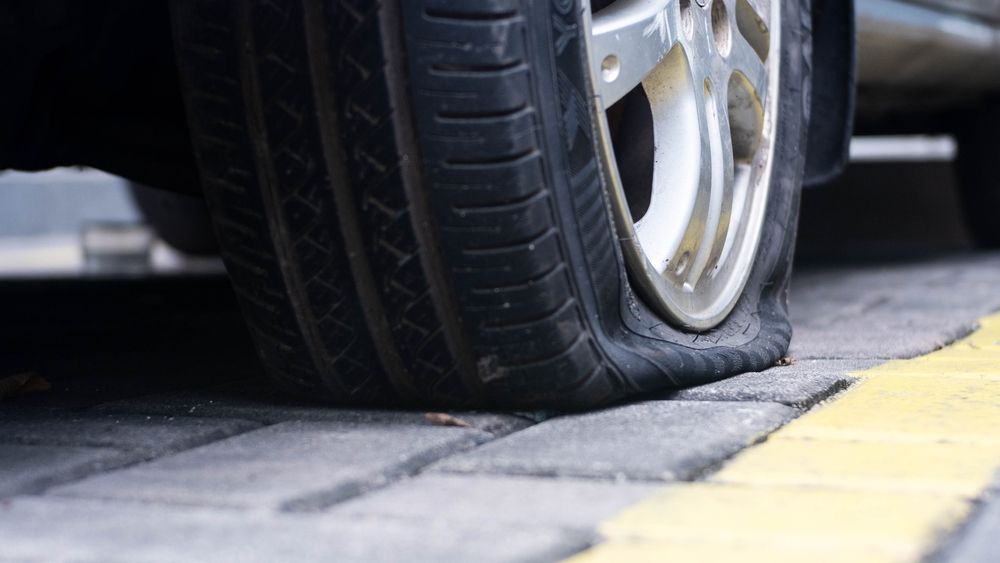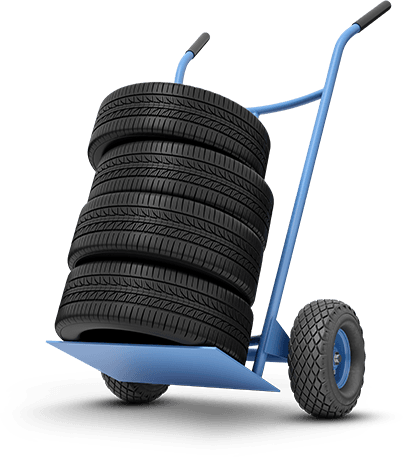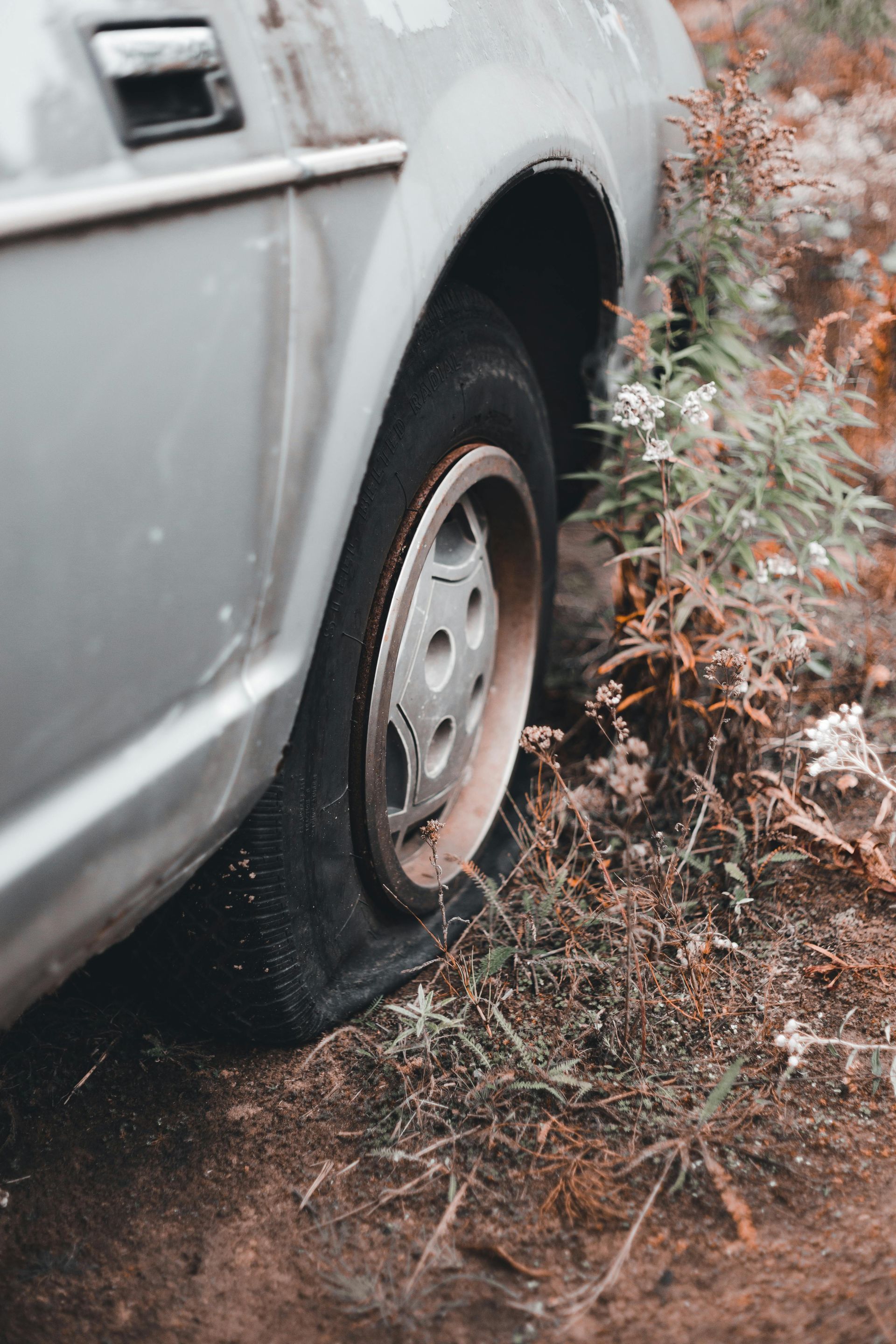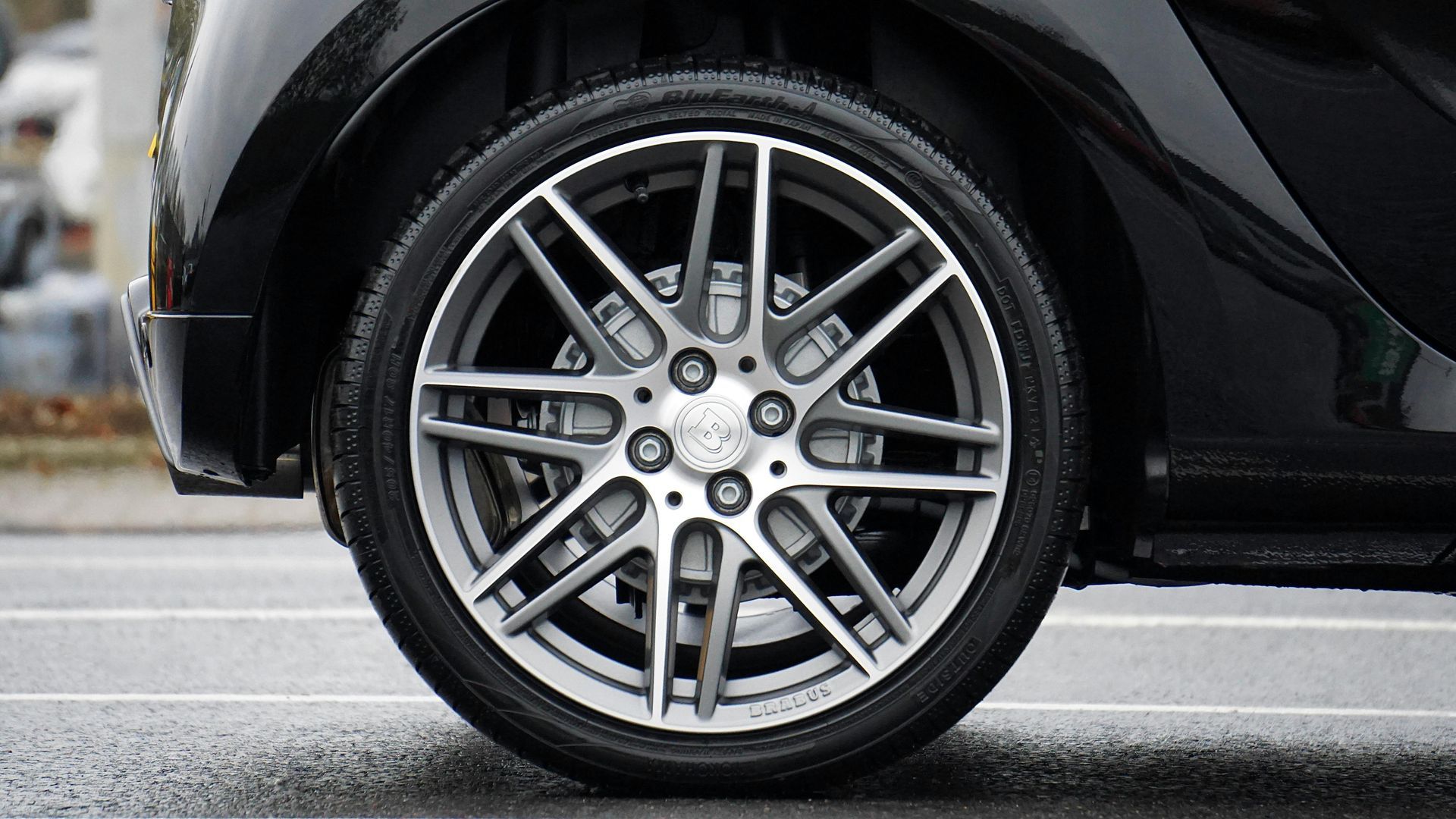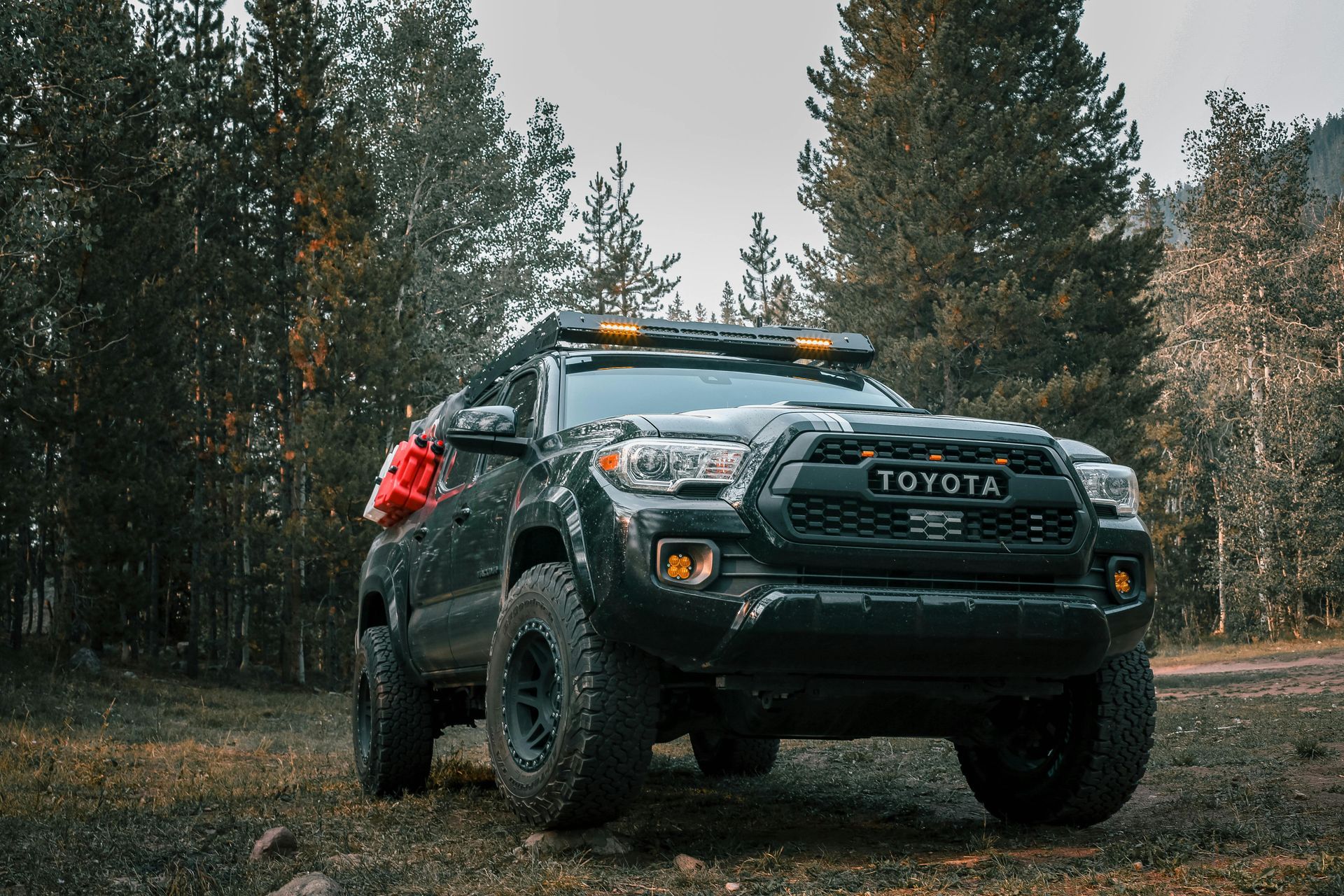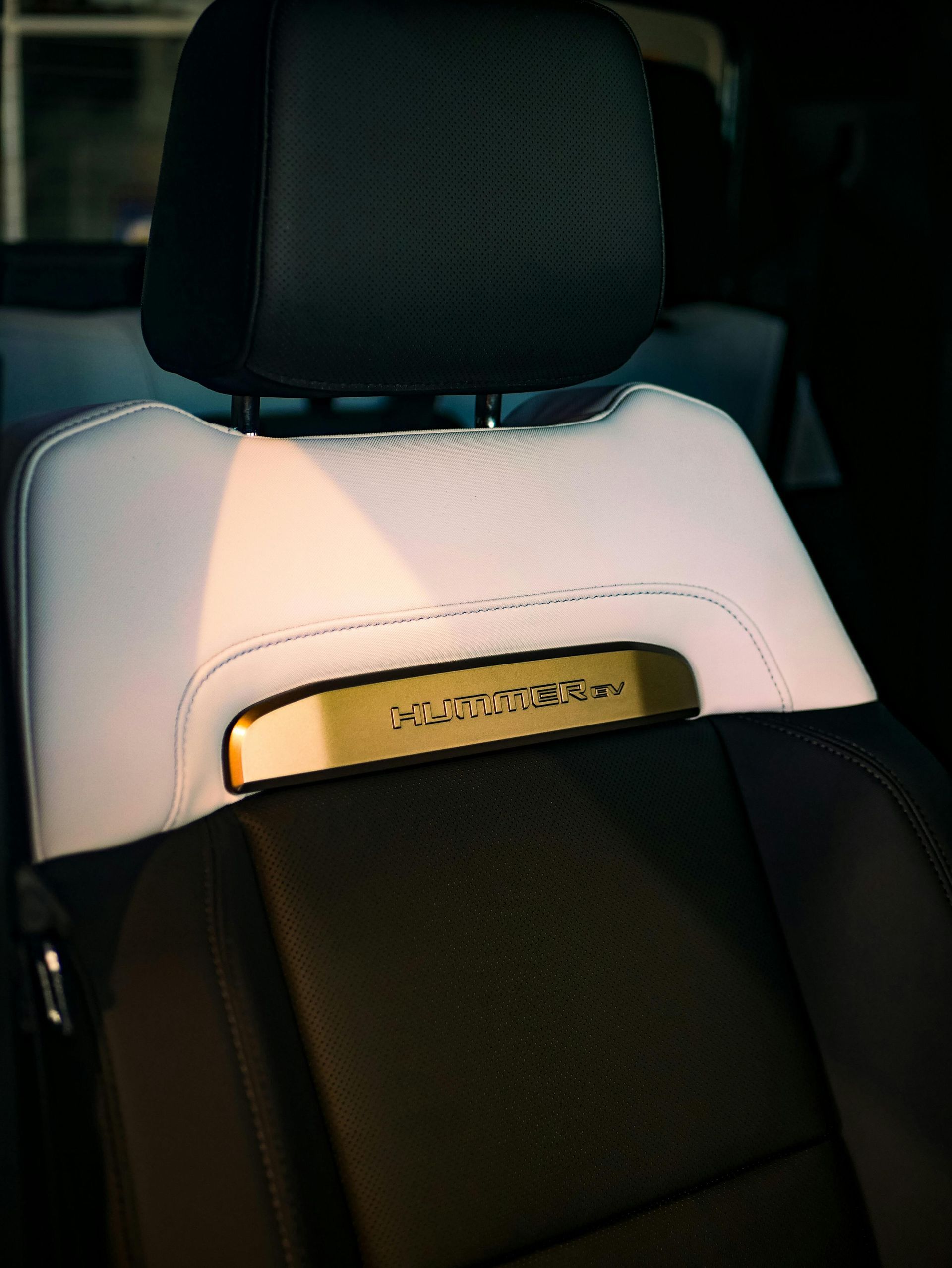Did you know that about 220 million tires are thrown away each year in the U.S.? Many of these tires go to landfills because of avoidable damage, like nail punctures. Knowing if a tire with a nail can be fixed or needs to be replaced is key for safety and the environment.
Repairing a tire with a nail depends on several things: the size of the hole, how much air it lost, and where it is. A small nail hole in the tread might be fixable if it didn't let much air out. But, fixing a tire with a nail gets harder if the nail hit the sidewall or the hole is big.
Driving on a tire with a nail for a bit is okay if you watch it closely with the Tire Pressure Monitoring System ( TPMS ). But, if the air keeps going down, you should fix or replace the tire fast for safety. A pro can check if the tire can be fixed or if you need a new one.
Key Takeaways
- About 220 million tires are thrown away every year in the U.S., many for avoidable reasons.
- If a tire has a nail hole, fixing it depends on the size, location, and how bad it is.
- Small holes in the tread can be fixed, but big ones on the sidewall usually mean you need a new tire.
- Keep an eye on your tire pressure with the TPMS if you're driving on a tire with a nail.
- If your tire is losing a lot of air, fix or replace it right away to stay safe.
Driving with a Nail in Your Tire
Many drivers have had to deal with a nail in their tire. It might seem okay to keep driving, but it's crucial to act fast for safety. Knowing the risks and checking your tire's condition are key to staying safe on the road.
Potential Risks and Dangers
Driving with a nail in your tire can cause serious problems, mainly from losing air. This air loss can happen slowly or suddenly, based on the nail's size and where it is. If you don't fix it quickly, you might face:
- Air leaks that weaken the tire's structure
- A higher chance of the puncture turning into a blowout
- Damage to the sidewall, requiring a new tire
It's important to see these risks and act fast. Driving on a damaged tire is dangerous for you and others, raising the risk of accidents.
Assessing Tire Pressure and Condition
Regular checks are crucial for catching problems early. If you think you have a nail puncture:
- Check tire pressure: Use a good tire pressure gauge to see if there's any air loss. A big drop means you should act fast.
- Inspect tire condition: Look for any damage near the nail. Decide if you can fix it for now or if you need a pro.
- Consider the location: Punctures in the tread might be fixable, but those in the sidewall usually mean you need a new tire.
Watching these things helps you take steps to prevent problems. Tire maintenance is more than just fixing punctures. It's about making your tires last longer and keeping every trip safe and smooth.
How Tire Punctures are Assessed
Checking tire punctures is key to keeping vehicles safe and tires lasting longer. Experts look at the size, location, and how close it is to other punctures.
Determining the Size of the Puncture
First, they measure the puncture's size. Punctures under 1/4 inch can be fixed with a patch. But, bigger ones might weaken the tire and need a new one. If there are many close together, the whole tire might need to be replaced for safety.
Location Matters: Tread vs. Sidewall
Where the puncture is located is very important. Punctures in the tread can be fixed, but those on the sidewall or shoulder need the tire replaced. These areas are under more stress and are crucial for the tire's structure. Fixing punctures outside the tread is not safe or legal, showing why experts must assess them carefully.
Repair Options for Nail Punctures
Getting a nail in your tire can be stressful, but knowing how to fix it can ease your worries. There are a few ways to repair a flat tire, each fitting different situations.
Using Tire Plugs and Patches
If the hole is small and on the tread, a tire plug might work well. A tire plug means putting a sealing material into the hole. It then expands and seals the puncture. This is often a fast and easy fix you can do yourself.
For flat tire repair , you could also use a patch. This involves taking the tire off the wheel and putting a rubber patch on the inside. It's usually more lasting than plugging, sealing the puncture from the inside. This reduces air leaks.
When is Replacement Necessary?
While plugs and patches work for small holes, big punctures or those on the sidewall need a pro's look. Mechanics might say you need a new tire if the damage is too much. If the nail in tire repair doesn't stay fixed or keeps leaking, you'll need a new tire for safety.
Sometimes, you just need a new tire, no matter the size or spot of the puncture. This is true if the tire is worn out or the puncture is close to the tire's edge. Getting a new tire ensures you stay safe and drive well.
Conclusion
Nails and other debris can harm your tires, making it important to check and act fast. If a tire gets a puncture, like from a nail, several things matter. These include the size of the hole, where it is, and how many holes there are.
For small holes in the tread area, you might be able to fix it with a plug or patch. But if the hole is in the sidewall, you'll likely need a new tire for safety. The choice between fixing or replacing depends on the hole's details and the risks.
Keeping your tires in good shape means regular checks and fixing any damage right away. Drivers should think about the tire's age, where the hole is, and get advice from tire experts at LugWrench Heroes in the Phoenix, Scottsdale, and East Valley Gilbert Tempe areas. This way, they keep their tires running well and stay safe on the road.
FAQ
Can a tire with a nail in it be repaired?
Yes, you can fix a tire with a nail in it if the puncture is small and in the tread area. If the damage is not too close together, you might be able to repair it. But, if the damage is near the sidewall or shoulder, you'll likely need a new tire for safety.
What are the potential risks and dangers of driving with a nail in your tire?
Driving with a nail in your tire can cause air to leak out and damage the sidewall. It also increases the chance of a bigger puncture. If you keep driving, you might blow a tire. It's crucial to check the tire pressure and fix the puncture quickly.
How can you assess tire pressure and condition after discovering a nail in your tire?
Use the Tire Pressure Monitoring System (TPMS) to keep an eye on the tire's air pressure. If you notice air leaking or the tire is flat, you should fix or replace it right away. Regular checks of the tire's condition and pressure can also help you see if it's okay.
How is the size of the tire puncture determined?
To figure out the size of the puncture, measure its diameter. Punctures less than 1/4 inch can usually be fixed. But, if it's bigger, you'll likely need a new tire.
Why does the location of the puncture matter in tire repair?
Where the puncture is located is very important. Punctures in the tread area can often be fixed. But, those on the sidewall or shoulder are more serious and usually mean you need a new tire. It's best to get a professional to check if it can be repaired.
What are the options for repairing a nail puncture in a tire?
For minor damage in the tread area, you can use tire plugs or patches to fix a nail puncture. These are temporary fixes. It's safer to get a professional repair to make sure the tire is safe.
When is tire replacement necessary after a nail puncture?
You'll need a new tire if the puncture is over 1/4 inch, near the sidewall or shoulder, or if there are many punctures. If the damage affects the tire's safety or structure, you should replace it right away.
